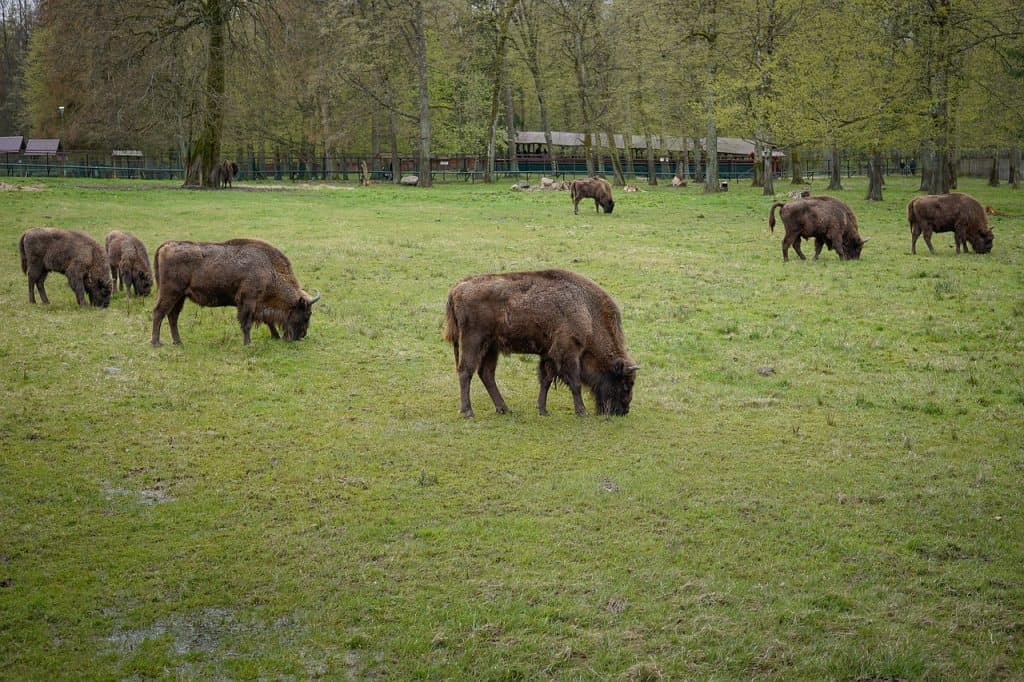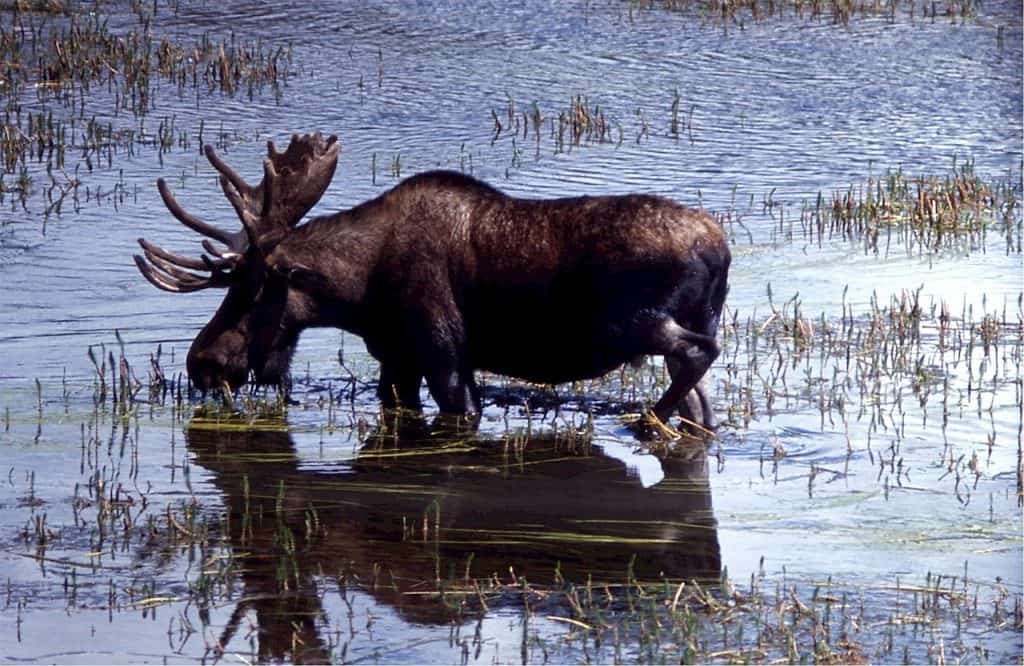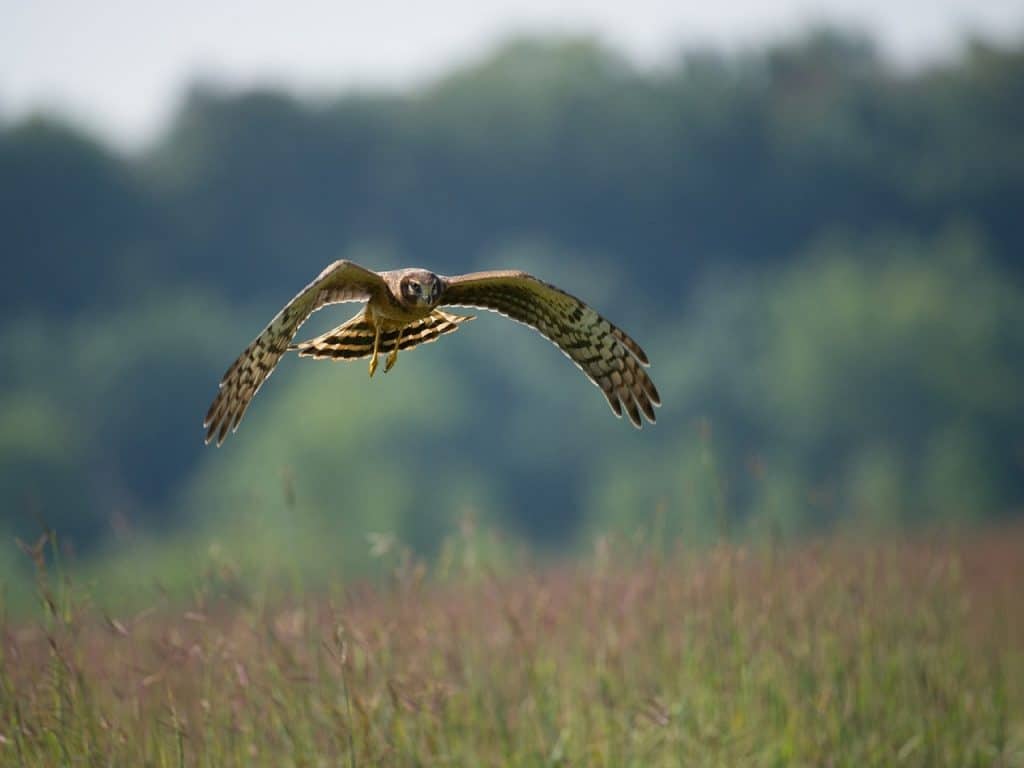About the park
The Mazowiecki Landscape Park has one of its many advantages. You don’t have to leave Warsaw to find yourself in it. Its northern border is marked by the Reserve King Jan Sobieski. Just take the city bus No. 525, which will take us to the reserve and thus to the Mazowiecki Landscape Park. This park was created to protect forests and the most valuable natural areas on the right side of the Vistula.
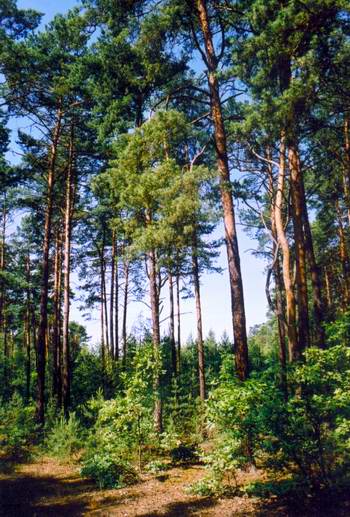
It covers the area of Warsaw districts: Wawer and Wesoła, and the communes of: Józefów, Otwock, Wiązowna, Karczew, Celestynów, Kołbiel, Osieck, Sobienie Jeziory and Pilawa. Its range covers almost 16,000 hectares of forests and meadows. On the maps from the end of the 18th century, these areas belonged to a large forest complex called the Osiecka Forest. The forest had a huge impact on what is most valuable in this area today. Most nature monuments are old trees that remember the forest times. The oldest traces of the Slavs’ presence in these areas come from the 6th-7th century near Kissing, although the traces of settlement are even older. And here an unusual name appears, which is intertwined in various contexts in almost all studies on the Masovian Landscape Park.
Kissing is a village adjacent to the most valuable meadow complex called “Bagno Kissing”. Where does this name come from? Perhaps it was influenced by an unusual plant – a fern – a silvery common. This small plant, a magical herb, was to lure the suitors to the maiden.
Swamp Kissing is also a paradise for birds. Those who are not difficult to get up at dawn, there can make many unusual ornithological observations. There you can also find a moose bathed in fog. Elks may also come across us in other parts of the Park. Most of the reserves established within the Park are reserves protecting peat bogs, and there the easiest way to meet this mysterious animal. Peat bogs, swamps hide many secrets, perhaps, which is why they are so often found in legends and fairy tales. The very smell of the swamp, but also of the protected plant of the same name “swamp”, introduces an unusual mood, and if you add to it the crane clang, the croaking of frogs or the view of a small plant – a sundew devouring a fly, the impressions from the trip will remain for a long time.
The most interesting peat bogs, hidden in forest thickets, are quite easily accessible. It should only be remembered that within the reserve you should move only on the trails and paths marked out for tourists. When wandering around the Masovian Landscape Park, do not forget to look at the sky from time to time. Who knows, maybe you’ll be able to see a stork that doesn’t look like every decent stork? The black stork, an extremely rare bird in Poland, has found enough peaceful places to nest here. His image appears in the Park logo.
Another unusual bird, shimmering with colors – a kingfisher, liked the banks of the Świder river. The inhabitants of Warsaw have long been drawn to Świder. It was here that the first nudist beaches appeared. No wonder, because Świder winds to create charming corners, with natural vegetation, and it is a shallow, safe river, although it does not lack real depths. You can meet her beaver and her wild nature, thanks to the reserve protection, puts her among the most beautiful rivers of Mazovia.
It is very close from Świder to the next reserve, which is the “Torfy” forest lake. For the inhabitants of Otwock and Karczew, this is a place of walks. Right next to it, in a wooden, century-old building, there is the museum and education center “Baza Torfy” of the Masovian Landscape Park Complex. The tiny museum is full of interesting exhibits. There you can see what a shit looks like, a gray heron, how big a white-tailed eagle is, how a crow differs from a rook. The ethnographic part of the exhibition presents the culture of the Kołbiel region.
Otwock, which was established as a summer resort, deserves a separate trip, and due to the surrounding pine forests – a health resort. Michał Elwiro Andriolli contributed to its development, who introduced a characteristic type of decorative wooden architecture to the landscape of the Nadwider River, named half a century later by another artist, the poet Konstanty Ildefons Gałczyński, “Świdermajer”. Today, you can still admire the unusual wooden houses.
In Karczew, however, noteworthy is the baroque church with paintings by M.E. Andriolli.
Nineteenth-century brick manor houses have survived in the area of the Park and in its vicinity, including in Celestynów, Łucznica, Radachówka, Ruda, Kołbiela, Sobiekursk, Sobienie Szlacheckie, Sufczyn, and Zamajdan – Olszyny.
When planning a trip, you should also take into account the history of the last world war and visit the Celestines, described in the book “Stones for the Lair” and known from the fights of scouts with the occupier.
Mazowiecki Landscape Park is connected with tourist routes and bicycle paths with Warsaw. The most convenient connection is the historic section of the Vistula Railway.
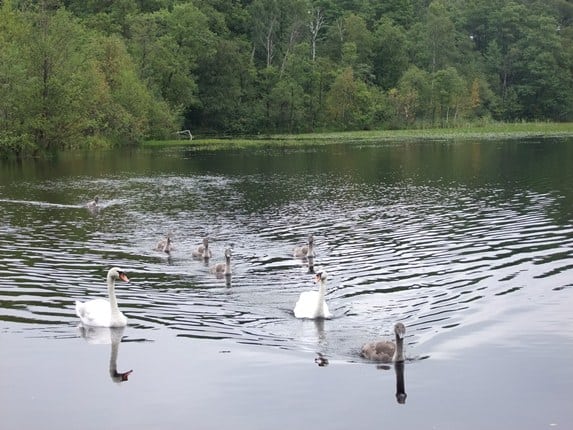
“BAZA TORFY” educational center
The ‘Torfy Base’ educational center in Karczew is located near the ‘Na Torfach’ nature reserve in the Mazowiecki Landscape Park. Czesław Łaszek and is located in a building of over 100 years old forester’s lodge. Educational activity in the “Torfy Base” has been conducted since 1995.
The establishment of the center was aimed at promoting the role and function of the Mazowiecki Landscape Park in protecting and shaping the natural environment, enabling teachers to conduct ecological education in the Park, presenting the natural, cultural, historical and landscape values of MPK and actively involving children and young people in nature protection programs . To this end, an exhibition with an interesting nature exhibition was organized inside the Torah Base building, characterizing the basic types of habitats and species of fauna found in the Mazowiecki Landscape Park. Czeslaw Łaszek.
The proposed classes prepare children and young people to skilfully and actively observe nature and learn about its regional natural and environmental values. The second part of the exhibition, on the other hand, presents ethnographic and cultural souvenirs from the Kołbiel region and archaeological objects. The exhibition aims to familiarize visitors with cultures and show traditional tools related to the daily life and work of the inhabitants of our region.
At the base, a great attraction is an aviary with a live gray wolf named Zew, which was brought here in 2005 from the private Zoo in Kadzidłów. Outside, there are also types of nesting boxes for various species of birds, educational boards and an interesting building, which is the basement for bats.
In 2009, a wooden educational shelter was opened, which enables classes for more people.
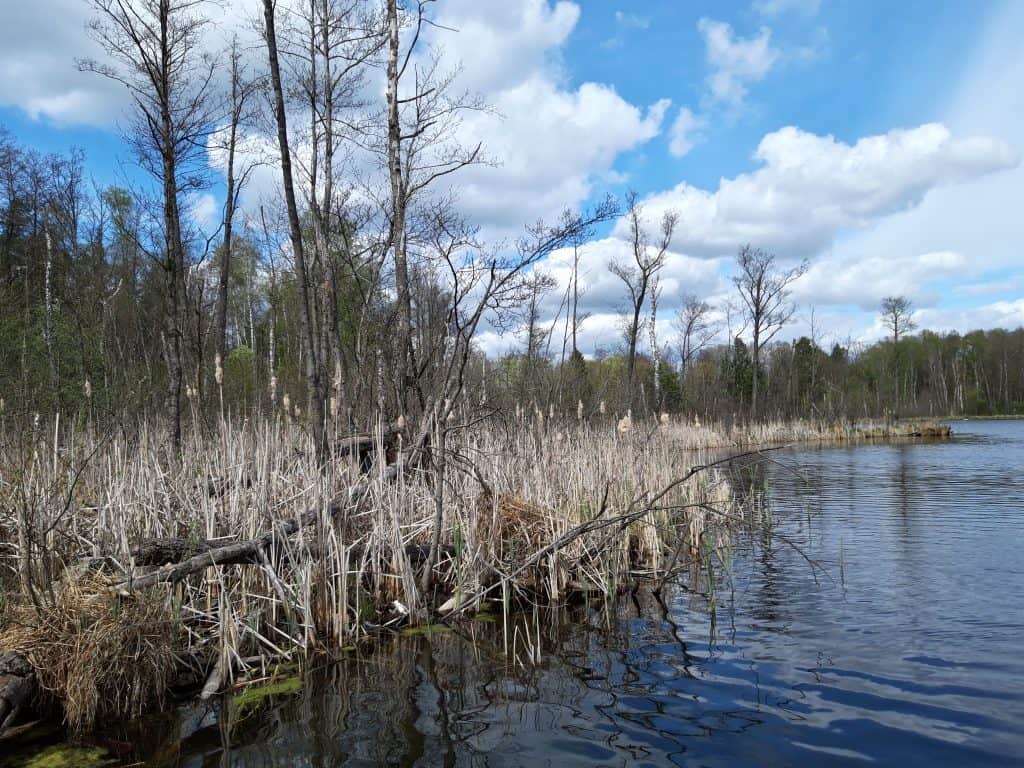
Ponurzyca
The village was founded at the turn of the 18th and 19th centuries as a rental village in the non-town Osiecki eldership, it consists of scattered several colonies located on the hills and in depressions of the land, i.e. after ‘burrows’ – hence the name of the village.
Near the Mętraki colony there is the so-called “Czarci Dół” – a collection of boulders that are probably a trace of the graveyard of shade graves. The surrounding population associates with this place many interesting stories about mysterious events, devils wielding the souls of people. Ponurzyca is one of the most beautifully situated villages in Mazovia, abundant with numerous viewpoints – beautiful views of Góra Kalwaria and Czersk.
Peat bog Całowanie
Swamp Całowianie is one of the largest peat bogs of Mazovia, located in the southwestern part of the Mazowiecki Landscape Park. This place has been known to naturalists for years as a refuge for endangered animal species and a habitat for valuable flora. Progressing dehydration, abandoning mowing, peat extraction and growing ideas for commercial development of the peat bog area may soon lead to the destruction of these values.
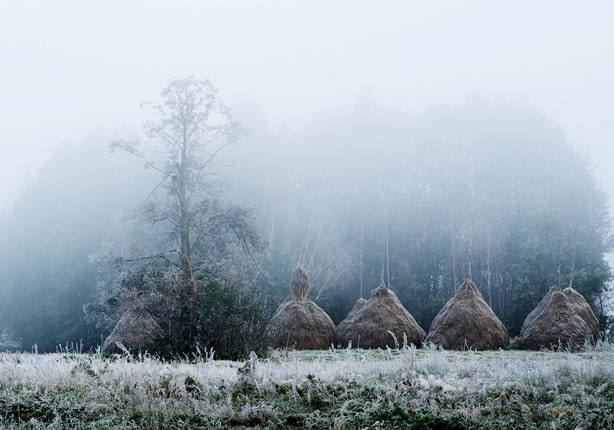
Peat bog is a national refuge for birds (according to the classification of the Polish Society for the Protection of Birds). The most interesting are the breeding seedling birds: the endangered Eurasian Curlew (Numenius arquata) – 7-8 pairs, the roar (Limosa limosa), the Red-blooded Thrush (Tringa totanus) and the Snipe Snipe (Gallinago gallinago). The marsh harriers of the meadow (Circus pygargus) and the common corncrake (Crex crex) – a species that is endangered on a global scale – are also found on sedges.
The black stork (Ciconia nigra), the crane (Grus grus) and the little bittern (Ixobrychus minutus) also nest, and the lesser spotted eagles (Aquila pomarina) and the honey buzzards (Pernis apivorus) come to hunt. The harrier harrier (Circus cyaneus) and probably the marsh owl (Asio flammeus) also nested sporadically in the nineties. There are also here Hoopoe (Upupa epops), Little Owl (Athene noctua) and Magpie (Lanius excubitor). Invertebrates are poorly studied; Noteworthy is the relict, endangered butterfly species – Red violet (Lycaena helle).
In addition to natural values, the Kissing Swamp area also has archaeological significance – numerous traces of ice age reindeer hunters have been found on one of the dunes.
The article comes from the website: http://parkiotwock.pl/
